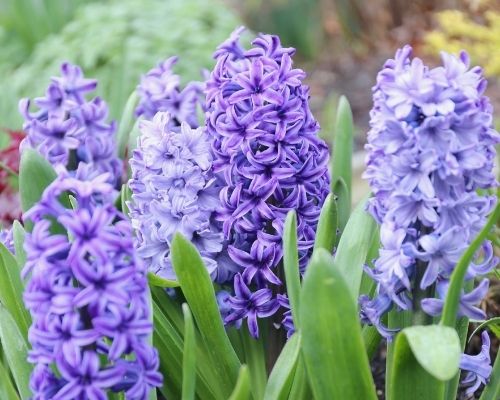Your Guide to Planning, Planting, and Growing Hyacinths
Hyacinths are spring-blooming bulbs with richly colored flowers and an incredible fragrance that can perfume your entire garden. They bloom in mid-spring at the same time as daffodils and early tulips, and come in a rainbow of colors including white, cream, pink, rose, apricot, lavender, cobalt blue, deep purple and wine red. Like other spring-flowering bulbs, hyacinths are easy to grow. Just plant the bulbs in fall to enjoy beautiful flowers the following spring.

Start with a Better Bulb
When you compare two hyacinth bulbs side by side, it’s easy to see differences in quality. The bigger bulb on the left contains more stored food energy for the emerging plant. This means you get a stronger stem and bigger flowers. Longfield Gardens supplies large, 15/16 cm hyacinth bulbs so you can enjoy the biggest, brightest blooms.
To shop our complete selection of hyacinths, click HERE.
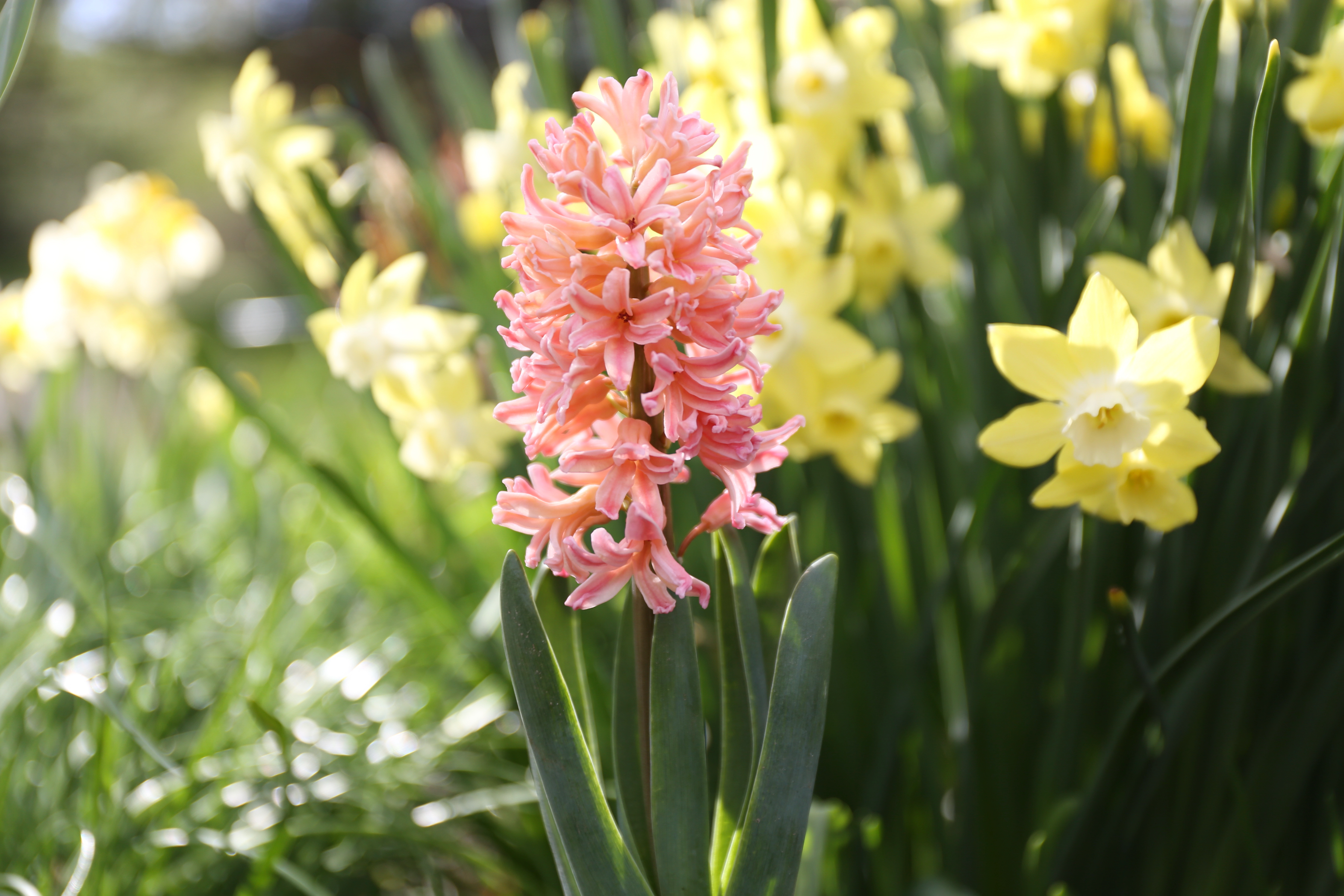
Plan for Success
Sun or Shade: For the largest flowers and straightest stems, plant your hyacinths in full sun. The bulbs will also flower in light shade or half-day sun.
Hardiness Zone: Hyacinths are winter hardy in growing zones 4-8. In warmer climates, the bulbs need to be pre-chilled before planting. Learn more here: How to Grow Spring Bulbs in Warm Climates. Don’t know your growing zone? Reference the USDA Hardiness zone map here.
Soil Conditions: Like most spring-blooming bulbs, hyacinths should be planted in good soil that has a loose texture and is well-drained.
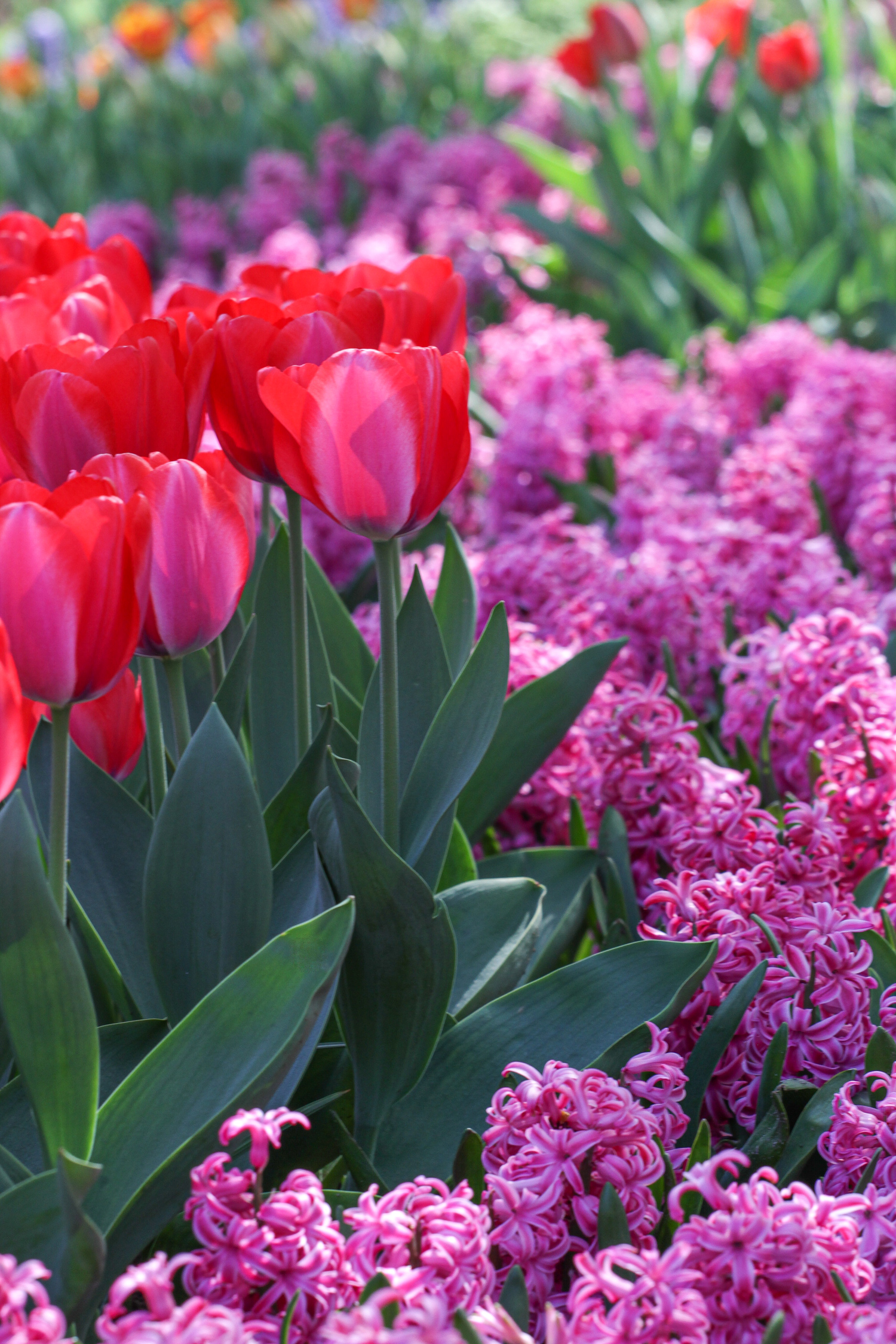
Where to Plant Hyacinths
Perennial Gardens: Hyacinths are in bloom when most other plants are still just waking up. Planting groups of hyacinth bulbs at the front of a perennial garden will provide a welcome burst of color and give you an early start on the season.
Flower Beds and Walkways: Planting hyacinths near a doorway or along a walkway will let you enjoy their fragrance every time you pass by. For a knockout display of early spring color, mix and match hyacinths with daffodils, emperor tulips, early double tulips and muscari.
Cutting Gardens: Plant extra hyacinths an area where you won’t mind cutting the flowers. This way you can enjoy their fragrance indoors as well as out. Hyacinths are long-lasting in a vase and look lovely on their own or mixed with tulips and other early spring blossoms.
Containers: Hyacinths are a great choice for pots and planters. As the bulbs come into bloom, you can move the containers to a prominent location where it's easy to appreciate the beauty and fragrance of the flowers.
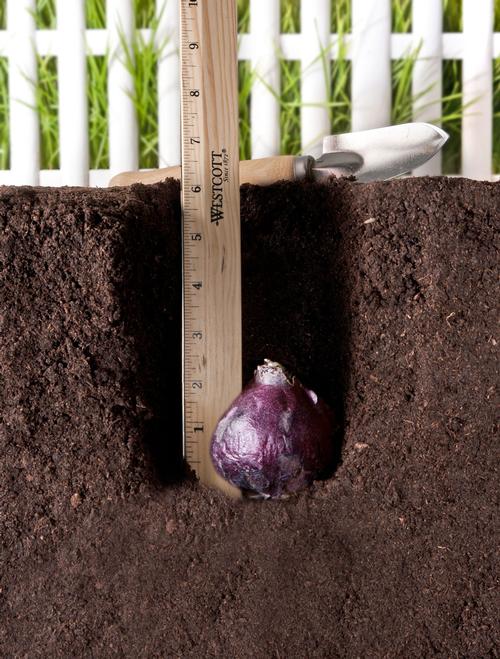
How to Plant Hyacinths
When to Plant: Hyacinth bulbs should be planted in mid to late fall, any time after the first frost and before the ground freezes.
Depth and Spacing: Plant hyacinth bulbs 4 to 6” deep and 5 to 6” apart on center. You may plant the bulbs individually or dig out a larger area and plant 5 or more bulbs at the same time. Position the bulbs with the pointy end up and then cover them with soil. Fall and winter rains usually provide adequate moisture. Water only if the weather is unusually dry.
Planting Tips: In home gardens, hyacinths look best when planted in informal groupings of 5 to 9 bulbs. For a natural effect, avoid straight lines and single rows.
Note that hyacinth bulbs can cause skin irritation. It's best to wear gloves whenever you are handling them.
Fill decorative containers with hyacinth bulbs in the fall, after you remove summer-season annuals. In growing zones 6 and colder, you'll need to protect the bulbs from freezing by storing the containers in an unheated garage or cold basement. Learn more here: How to Grow Spring Bulbs in Containers.
Hyacinth bulbs need a winter cooling period in order to bloom properly. The bulbs must be exposed to temperatures of 40-45°F for at least 12-14 weeks. If temperatures in your area do not get this cold, you’ll need to pre-chill the bulbs in a refrigerator before planting them outdoors. To learn more, read How to Grow Spring Bulbs in Warm Climates.
Hyacinth bulbs can also be grown for indoor enjoyment. Pot the bulbs in fall and chill them at 40-45°F for the recommended 12-14 weeks (longer is fine). When you're ready for spring, bring the pots out into a warm, sunny room and watch them bloom. Learn more in this article: How to Force Hyacinth Bulbs.
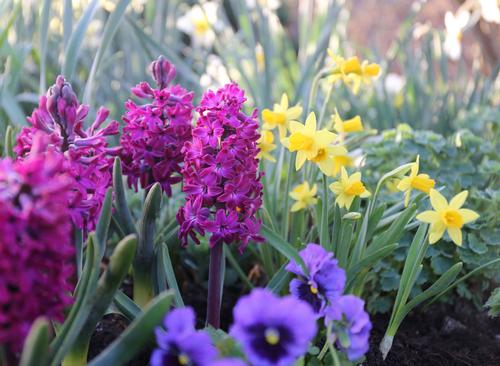
What to Expect
Hyacinths bloom in early to mid-spring, at the same time as daffodils. Once the leaves start to emerge, it takes about 3 weeks for the flowers to open.
Each hyacinth bulb usually produces one flower stalk that stands 8 to 10" tall. Sometimes you will also get a second or third stem with a smaller flower cluster.
If you plant the bulb at the recommended spacing, the flowers help hold each other upright. If necessary, a short length of slender bamboo cane makes a good support.
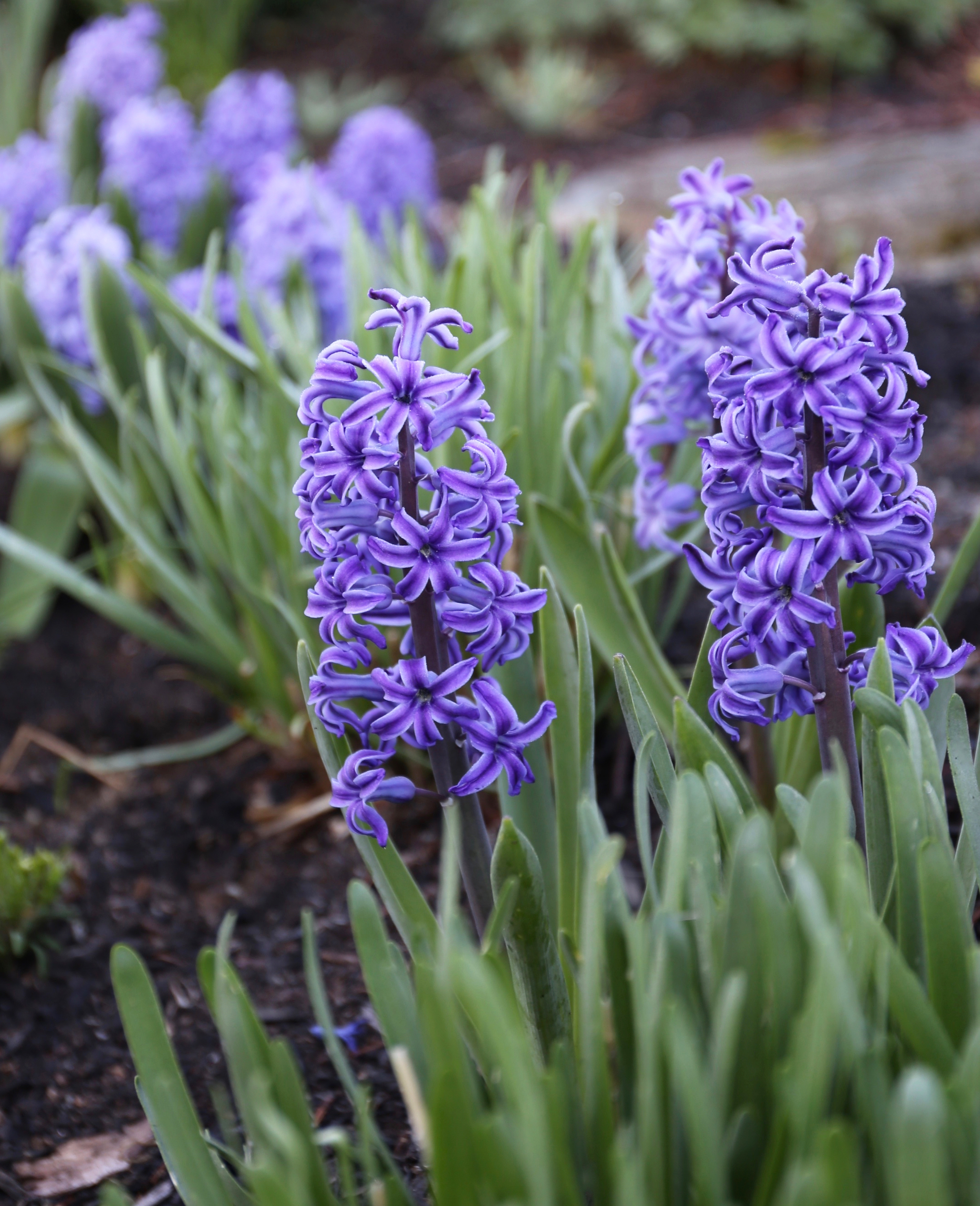
Caring for Hyacinths After They Bloom
Most gardeners treat hyacinths as annuals. Like tulips, the flowers produced the first-year after planting are always the largest and most impressive. Planting fresh bulbs each fall ensures you’ll always enjoy the best possible results. Removing the bulbs after they flower also means there's no need to wait for the bulb foliage to fade away. Once the flowers have passed their prime, simply dig up the bulbs and discard them.
If you want to leave the bulbs in for another year, you can expect future flowers to have a more casual look, with slightly thinner stems and fewer florets. For best results, remove the first year flower as soon as it has faded, cutting the stem short. Fertilize around the plant and allow the leaves to continue growing until they have yellowed. Then cut or pull off the leaves and leave the bulbs in the ground. Another option is to dig up the bulbs after the foliage has faded, store them somewhere cool and dry, and then replant in fall.

To learn more about growing hyacinths, you may want to read:
How to Plan a Spring Bulb Garden
How to Grow Spring Bulbs in Containers

